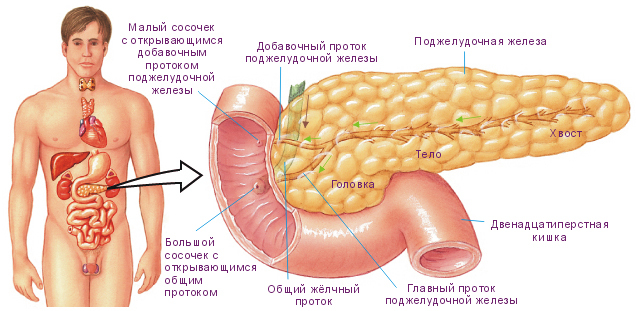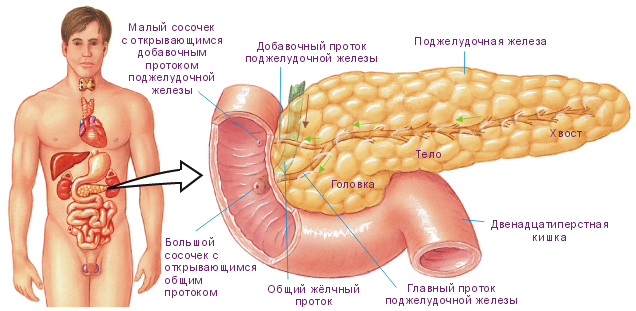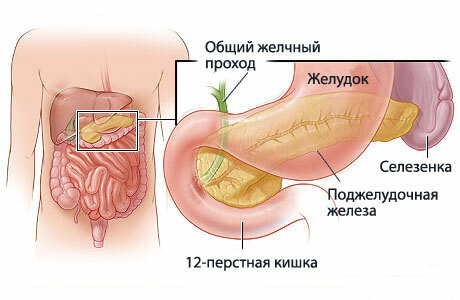What threatens diffuse changes in the pancreas?
Diffuse changes in the pancreas can be the result of ailments of the prostate itself or other organs.
Transformations that affect the tissues of this organ often do not cause anxiety and are discovered accidentally after an ultrasound examination.
In the article you will find answers to questions about what to do if this pathology has arisen in PZHH, what treatment is required, whether it is possible to use folk recipes and what prognosis for such diseases.
Causes of diffuse changes in the pancreas
Contents:
- Causes of diffuse changes in the pancreas
- Pancreatic degeneration with increased liver
- Renalization of pancreatic fat cells in fat
- Detection of diffuse changes and treatment methods
The term diffuse means that the transformation affected the entire organ completely, And not some part of it. Pathology can appear for a number of reasons.
The most common cause of diffuse changes in the pancreatic tissue are dystrophic disorders that began due to circulatory disorders, poor liver function, blockage of bile ducting and diseases associated with carbohydrate metabolism.
Diffuse transformation of pancreatic tissue in a child or in an elderly person does not always indicate the presence of a major ailment.
In people in the years and diabetics, the size of the prostate gland decreases, and the loose space is occupied by connective tissues.
In a child, a diffuse degeneration can disappear on its own as the organ grows. In such cases, treatment is not required, since this type of degeneration is not considered pathological.
But on the child's examination sheet the doctor will still record that the patient has diffuse pancreatic changes.
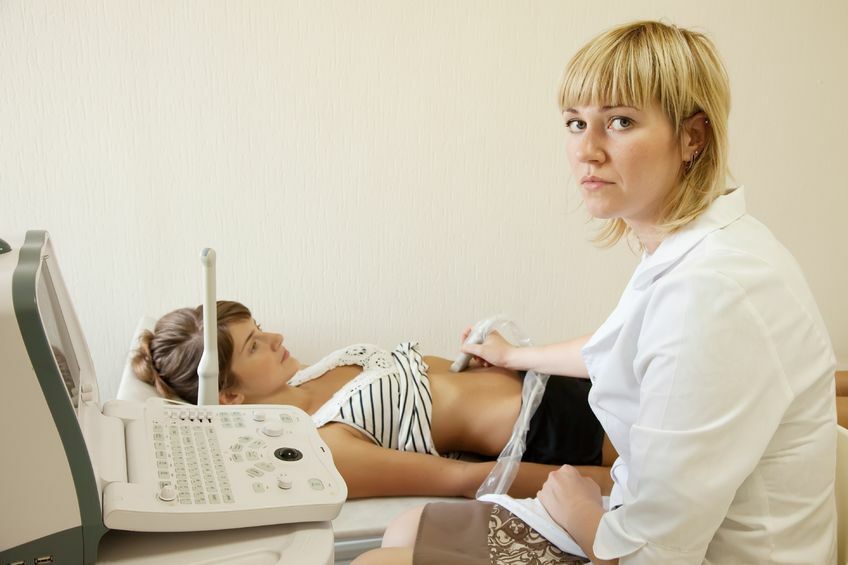
Uniform replacement of RJJJ reactive tissues, that is, repeated, character occurs as a result of acute inflammation or long-term metabolic disorders.
PZHZH at the same time retains the correct dimensions. Treatment of diffuse transformations will be required only if the diagnosis of "pancreatitis" is confirmed, and in other cases, medical intervention is not necessary.
Other causes of transformation of the structure of the tissues of the prostate:
- poor nutrition with a predominance of fatty foods;
- genetic predisposition;
- of the GI tract;
- improper intake of medications.
Symptoms of diffuse changes in PJ will depend on which disease led to the disruption of the structure of this organ.
In the absence of the underlying disease, symptoms may be a worsening of appetite and a digestive disorder, manifested in diarrhea or constipation.
In acute pancreatitis, the pressure in the ducts of the prostate fluid increases, which causes the enzymes to percolate into the tissue.
Fabric structures under the action of enzymes begin to break down, there is an intoxication of the whole organism, which is necessarily accompanied by nausea and vomiting.
In the area of the diseased organ( in the left hypochondrium) severe pain begins. The patient needs urgent surgical treatment, without which the degeneration will take the character of necrosis, and pancreatitis will end with a lethal outcome.
In chronic inflammation, diffuse changes in the pancreas will be of a poorly expressed nature.
On the ultrasound of iron looks edematous, it shows minor hemorrhages.
After a while, moderate diffuse changes in the pancreas begin - the volume of the prostate gland decreases, some of its cells are sclerotized.
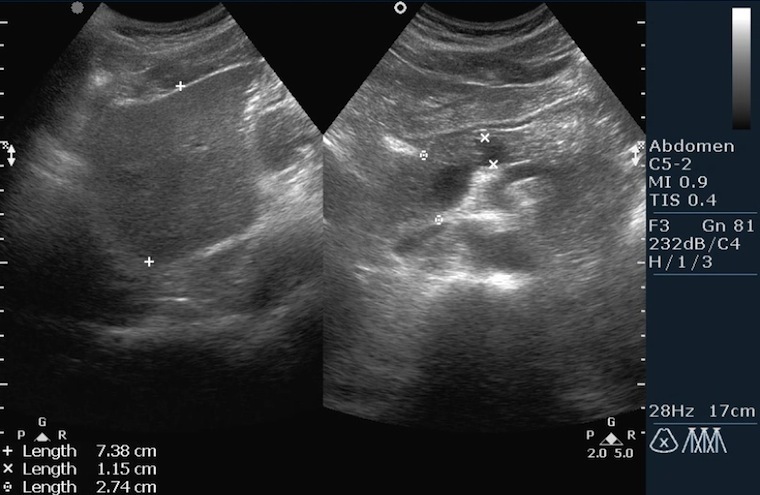
This leads to a reduction in the production of enzymes, as a result of which systemic pains appear in the pancreatic region.
Disturbances in the structure of PJD in the form of seals with scar changes and lipomatosis are considered irreversible.
Changes in tissues in these diseases are clearly pronounced: working cells disappear and are replaced by connective tissue from fat cells, which disrupts the work of PJ and leads to the development of endocrine pathologies.
Pancreas degeneration with enlarged liver
Diffusive changes in the liver and pancreas are detected on ultrasound in every third person after the age of forty.
Often, these pathologies are joined also by hepatomegaly. It is clear, what can be the cause of poor liver and pancreas in a person with metabolic disorders and other severe chronic diseases.
But if the diagnosis of "Hepatomegaly and diffuse changes in PJV" is put to a person who has never complained of health, then immediately the question arises, what does this mean and what is the reason for such rebirth.
Hepatomegaly is an abnormal enlargement of the liver. Hepatomegaly is dangerous for the pancreas, as these two organs are closely adjacent.
Liver enlargement leads to squeezing and infringement of the prostate fluid, as a result of which diffuse transformations begin.
Hepatomegaly does not directly affect the pancreas - this process affects only the liver, but neighboring organs also suffer. Working cells of the liver degenerate into fatty cells.
At the initial stage this process proceeds painlessly and asymptomatically. Then the malfunctioning of the organs adjacent to the liver starts, caused by a flow of toxins from the intestine, with which the liver can no longer cope.
Its contribution to the development of the pathological process in PZHH is caused by a slowing of blood circulation in the abdominal cavity due to the compression of the vessels.
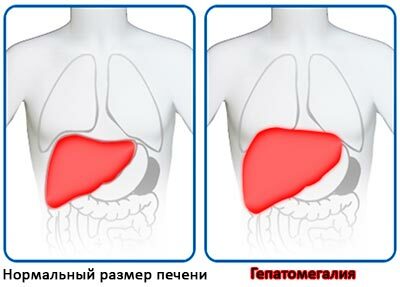
Hepatomegaly begins after a prolonged toxic or fat load on the liver. Up to middle age the liver copes with medicines, alcohol and fatty food, but in due course starts to hand over.
Its cells degenerate into fatty cells. This means that the volume of the organ increases.
In neglected cases, fat tissue grows to half the volume of the liver and the irreplaceable organ turns into a simple piece of meat.
Hepatomegaly is dangerous because the reverse process is impossible, the patient will be helped only by liver transplantation.
It is possible to detect that a person has hepatomegaly with ultrasound, so it is so important to have regular check-ups.
To prevent hepatomegaly, you need to start taking care of your diet in time, limiting the amount of fatty and acute.
A healthy lifestyle will help to normalize the liver at the initial stage of fatty hepatosis.
At an early stage, hepatomegaly is amenable to drug treatment. Medicines for this disease have beneficial effects not only on the liver, but also on the prostate cancer, contribute to the restoration of its tissues.
This is Hepatosan, Enterosan and other drugs.
The degeneration of pancreatic working cells into fat
Lipomatosis or fatty degeneration is the degeneration of the cells of the parenchyma of the prostate in normal fat tissue.
Usually, diffuse changes in the parenchyma of the pancreas are detected accidentally on any preventive examination and this conclusion becomes a real "surprise" for the examinee.
The process is slow and takes several decades. The person thus does not notice anything and does not feel any discomfort.
Lipomatosis can affect up to a third of the pancreas, but still the person will not show any symptoms of this disease. But if the process continues, the patient's condition will gradually worsen.
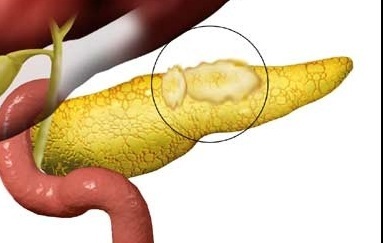
Lipomatosis leads to a slowdown in the work of PJD, as a result of which it ceases to cope with its functions.
Normal structures in the body become less, as they are replaced by fatty tissues. Lipomatosis of the second and third degree leads to a significant disruption of digestion.
Oily and protein foods begin to cause discomfort in the patient - nausea appears, stomach hurts, intestines burst from the gases. Analysis of the stool will show that it contains fat.
But first of all lipomatosis breaks carbohydrate metabolism - the patient has sugar in his blood.
Progressing, lipomatosis affects the secretory tissues of the prostate cancer, after which the patient is diagnosed with diabetes mellitus.
For diffuse changes, it is characteristic that the fat cells are located in the volume of the body evenly. But sometimes fat is collected in a certain place of the body.
Then the patient is diagnosed not with "lipomatosis", but with "lipoma".Lipoma is a non-malignant neoplasm that does not give distant foci and does not cause a person inconvenience to a certain time.
If a diagnosis of late-stage lipomatosis, the patient will be helped only by surgical treatment.
At the initial stage, lipomatosis can be cured by medication, but this requires a lifestyle correction.
A diet with diffuse pancreatic changes helps to stop lipomatosis, relieve the body and reduce the symptoms of the disease.
Video:
The diet will not help get rid of adipose tissue in the prostate, it will require a serious medication treatment.
If lipomatosis does not cause any inconvenience and is asymptomatic, it means that the ducts of the gland are not compressed yet, and it can work in normal mode.
The diet in this case will help only to normalize the body weight, but it can not reduce the diffuse changes of the pancreas.
Detection of diffuse changes and treatment methods
Diagnose diffuse pancreatic changes in the ultrasound apparatus. A healthy RV correctly reflects ultrasound, its echogenicity is the same as that of a liver.
Increased echogenicity indicates an increase in density and a change in working cells fat.
Reduction of echogenicity can be considered a sign of acute pancreatitis and similar conditions.
Echoes of diffuse pancreatic changes:
- increased or decreased echogenicity;
- increased echogenicity with seals or scars( these are symptoms of fibrosis);
- enlargement or narrowing of the tail of the pancreas, cervix or head.
If ultrasound revealed echographic signs of diffuse changes in the patient, additional blood tests and endoscopy or computed tomography will be necessary.
Only after this the doctor will be able to say with certainty that in the gland the tissue has actually degenerated, after which to prescribe a diet and physiotherapy treatment.

Patients may be concerned with the question of whether treatment of diffuse changes is possible with folk remedies. Indeed, there are prescriptions for the treatment of PJV with folk remedies - herbal teas from milk thistle or fenugreek, but folk recipes will help restore the body if the changes in it are still insignificant.
For the treatment of the pancreas folk remedies are used:
- oats sowing;
- compress made of yogurt;
- infusion of immortelle and chamomile;
- parsley juice;
- rhodiola rosea.
It is not possible to eliminate the symptoms of diffuse changes by folk remedies, but herbal teas, diet and compresses will be a good addition to drug therapy.
Diffuse changes in the pancreas have a different prognosis. If the degeneration is minor, then treatment is not required.
It's enough to go on a diet and use folk recipes to restore the PJ.In the elderly, diffuse changes in the pancreas indicate natural processes in the body.
Pronounced or focal transformations of a reactive nature suggest inflammation in the PJ.
In this case, treatment is not required for the diffuse changes themselves, but for the underlying disease.

